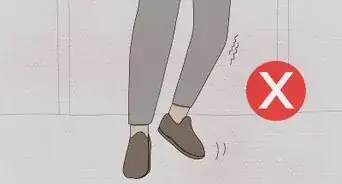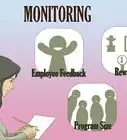wikiHow is a “wiki,” similar to Wikipedia, which means that many of our articles are co-written by multiple authors. To create this article, 13 people, some anonymous, worked to edit and improve it over time.
There are 8 references cited in this article, which can be found at the bottom of the page.
This article has been viewed 157,513 times.
Learn more...
Chances are, you will encounter a situation in which you find yourself either participating in, or leading, a meeting, at some time in your life. Depending on the formality of the meeting, you might need to develop some form of order to prevent chaos incarnate from occurring. It doesn't take much for a meeting to descend into disarray. Fortunately, there are ways in order to keep a meeting fresh and productive using parliamentary procedure.
Steps
-
1
-
2Create an agenda. If there is no agenda, it becomes quite difficult to conduct your meeting, and it won't be long before the meeting becomes uncontrollable. An agenda will safeguard you against this. Make sure that your agenda includes a proper placement and time for all items of business to be discussed, and ensure that at the minimum you include a time for reading of the minutes, officer/board member reports, old business, new business, and announcements. Depending on the organization, the person usually responsible for creating an agenda would be the President/Chair, Vice President, Secretary or a specific committee.[3]Advertisement
-
3Devise a "minutes" document. The minutes will contain a brief, but comprehensive review of the immediate previous meeting. This is exceptionally important because without the minutes, people can and will forget what happened at the previous meeting, especially if there is a long period of time that elapsed between the two meetings. Human memory is never perfect. The task of taking the minutes usually devolves upon the Secretary of the organization, but this is not always the rule.[4]
-
4Appoint a member to be a parliamentarian, if the chair is not one already. A parliamentarian is a person who is very knowledgeable about your procedures - so make sure that person has a copy of the manual you are using. There will be a time in which questions of procedure will arise, and a parliamentarian will be able to render a solution quickly and effectively if the chair is unable to do so.[5]
-
5Make sure that members understand the parliamentary procedure. If everyone that regularly participates or votes on issues does not understand your group's policies, you will find that conducting your meeting will be impossible.[6]
Community Q&A
-
QuestionShould emotional expressions be limited while in parliament?
 Community AnswerFor the most part, yes. Everyone should be focused on conducting business in a professional, appropriate manner. That being said, it can be useful to show your passion sometimes, within reason.
Community AnswerFor the most part, yes. Everyone should be focused on conducting business in a professional, appropriate manner. That being said, it can be useful to show your passion sometimes, within reason. -
QuestionHow do I start a meeting?
 Community AnswerGreet everyone and ask if there are any corrections that need to be made to the previous board meeting minutes.
Community AnswerGreet everyone and ask if there are any corrections that need to be made to the previous board meeting minutes. -
QuestionHow do you undo a motion that has passed?
 Community AnswerYou must raise a motion to Rescind or Amend a Previously Adopted Motion. However you must not interrupt a speaker whom has already been granted the floor. Your motion must be voted on, requiring the majority of the house to vote in favor in order for your motion to pass.
Community AnswerYou must raise a motion to Rescind or Amend a Previously Adopted Motion. However you must not interrupt a speaker whom has already been granted the floor. Your motion must be voted on, requiring the majority of the house to vote in favor in order for your motion to pass.
Warnings
- People can and will attempt to voice disapproval. It is the duty of the chair and parliamentarian to ensure that disapproval does not turn into a fiasco worthy of some infamous parliament fights. If you are said chair and/or parliamentarian, ensure that parliamentary procedure is used properly, and keep the fights to boxing and wrestling matches.⧼thumbs_response⧽
Things You'll Need
- A Copy of the Parliamentary Manual used for the meetings
- Agenda
- Minutes (second meeting and subsequent ones)
- Members of your group willing to take on additional duties
References
- ↑ https://toastmasters.arizona.edu/sites/default/files/roberts_rules_0.pdf
- ↑ https://www.afsc.noaa.gov/Education/Activities/PDFs/SBSS_Lesson6_roberts_rules_of_order.pdf
- ↑ https://hbr.org/2015/03/how-to-design-an-agenda-for-an-effective-meeting
- ↑ http://www.governance.uwa.edu.au/committees/principles/meetings/preparation/minutes
- ↑ https://www.canr.msu.edu/news/parliamentary_procedure_how_do_you_handle_a_motion
- ↑ https://wyoextension.org/parkcounty/wp-content/uploads/2015/12/Parliamentary-Procedure-guidelines.pdf
- http://www.lamission.edu/das/ParliamentaryProcedure.html
- https://prepareiowa.training-source.org/sites/default/files/boh/documents/PM1781.pdf
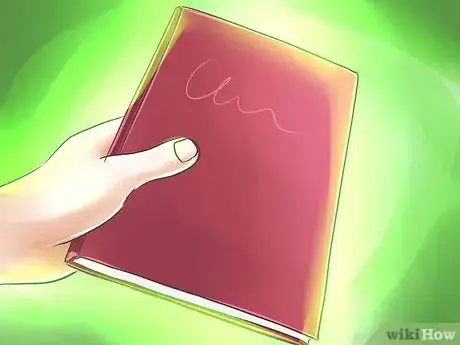
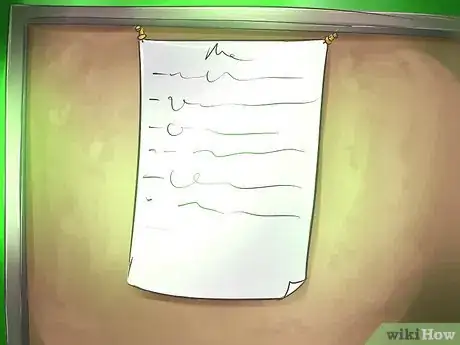


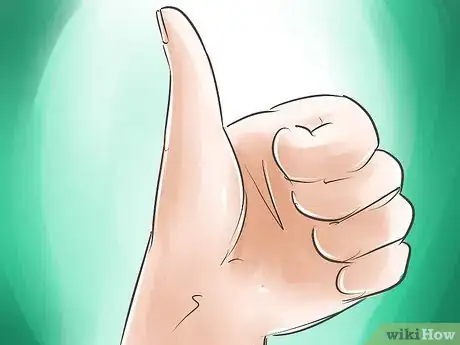



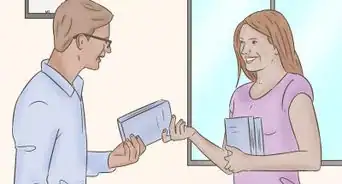
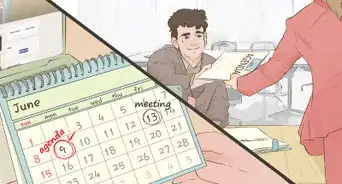
-Step-23.webp)

